
The project demonstrated the culmination of Saudi Arabia's engineering talent development, including training, certifications, practical experience, and more.

The project demonstrated the culmination of Saudi Arabia's engineering talent development, including training, certifications, practical experience, and more.
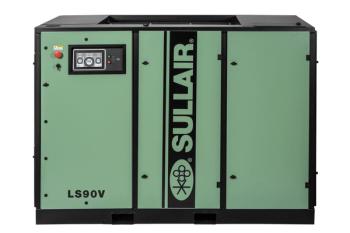
Four key distributors will expand their parts, compressors, and additional products and services across Ohio, Pennsylvania, West Virginia, and more.

John Bartos of Rotating Machinery Services says South Houston’s BJ Superior contributes its in-house inspection, manufacturing, and refurbishment capabilities.
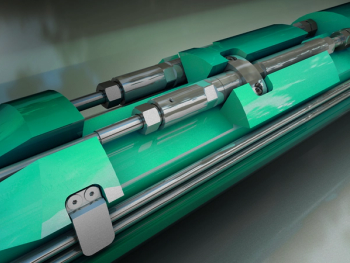
Petrobras will use the SureCONTROL Premium interval control valve to enhance operational reliability in its high-flowrate offshore fields.

The Turbomachinery News Network, for the week of March 17, 2025, covers news from Chart Industries, Cheniere Energy, the U.S. Department of Energy, Rolls-Royce, and Baker Hughes.

Greg Gammon of Texas A&M says that partnerships across hydraulics, vibration, power, and propulsion allow for direct industry engagement.
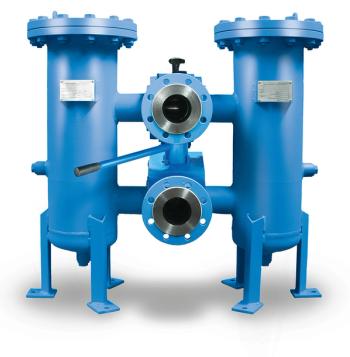
The duplex and in-line pressure filters suit industries requiring minimized downtime, uninterrupted operation, and tight operational schedules.
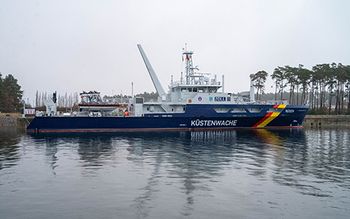
The first commissioned vessel is powered by four mtu Series 4000 gas engines and two controllable pitch propellers, reaching a max speed of 23 knots.

“Build Baby Build” has brought about the remake of the energy transition to the energy addition.
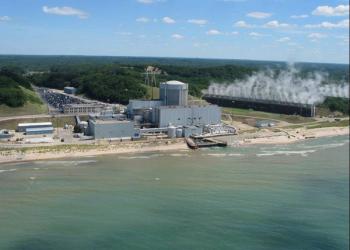
The project is subject to Nuclear Regulatory Commission approvals and is the first American reactor to restart after ceasing operations.
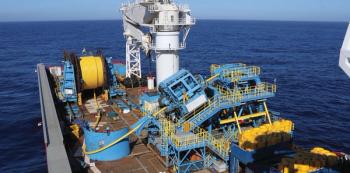
CO2-induced corrosion is common in Brazil’s pre-salt fields, where Petrobras reinjects CO2 from its production operations into wells to decrease flaring and boost oil recovery.
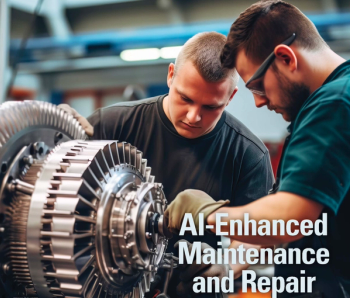
The March/April issue focuses on maintenance and repair and how data and AI are impacting the field and highlights our latest Turbo Tour.
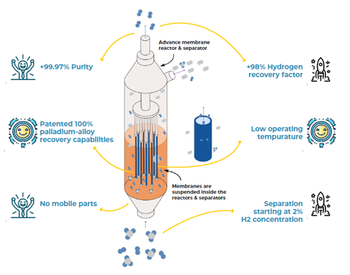
The membrane efficiently separated hydrogen from the natural gas stream, enabling the production of high-purity hydrogen and cleaner streams.

Corpus Christi Liquefaction Stage 3 consists of seven midscale trains, with an expected total production capacity of over 10 MTPA of LNG.

Most transient surge analysis software relies on significant assumptions about one- versus three-dimensional effects and presumes steady-state compressor maps.

Recently, Chart Industries completed the front-end engineering and design for the nitrogen rejection unit and helium plant.
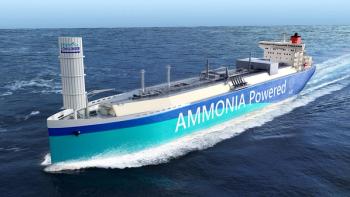
This ship design satisfies Japan’s port entry restrictions at major power plants and ensures compatibility between ammonia loading/unloading terminals and cargo handling connections.
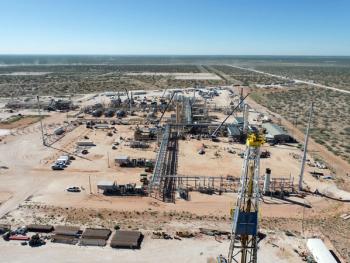
The Phase 1 expansion will increase total treating capacity to 200 MMcf/d, with plans to increase it further to 400 MMcf/d by 2026.
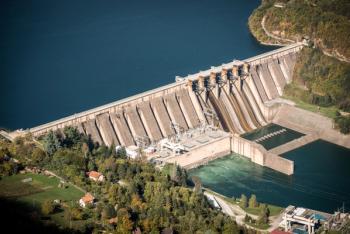
Oak Ridge National Lab is advancing hydropower and using additive manufacturing to build sophisticated turbomachines.
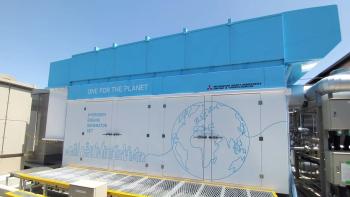
With engineering, manufacture, and demonstration complete, reliability and safety evaluations will be rendered prior to commercialization and final production.
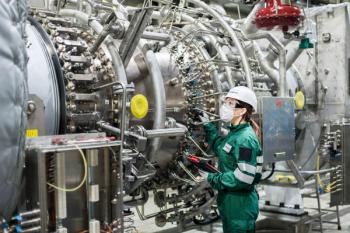
The NovaLT gas turbine will allow data center customers to adapt and meet their specific, reliable, and sustainable power requirements.
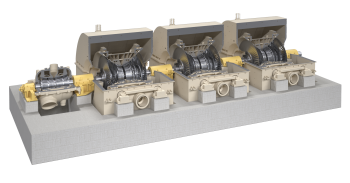
Felix Aschendorf from Siemens Energy says there is one top priority among nuclear developers: reducing construction time and costs.

Klaus Brun and Rainer Kurz break down the myth that electrification and electric-motor drives are decarbonized.

The delivery of mtu-brand emergency gensets contributes to the European Union’s construction project, which is expected to be finalized in 2025.
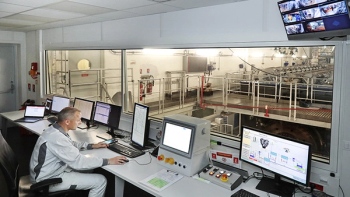
David Valette of MAN Energy Solutions says its Multi Fluid Monitor works in tandem with laboratory oil analysis and traditional detection systems.